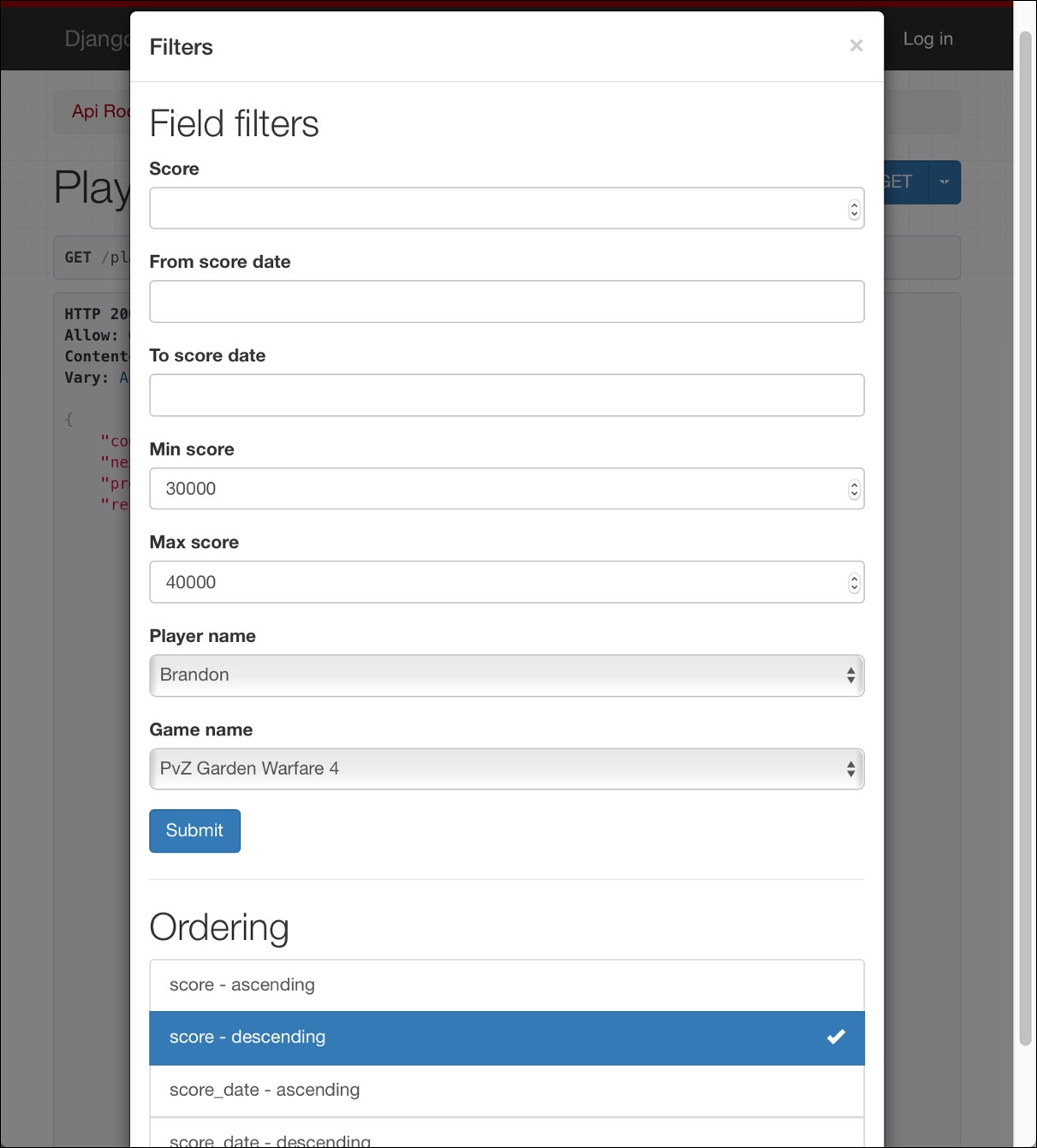In this chapter, we will use the additional features included in Django and Django REST Framework to improve our RESTful API. We will also write and execute unit tests and learn a few things related to deployment. We will cover the following topics in this chapter:
Understanding throttling classes
Configuring throttling policies
Testing throttle policies
Understanding filtering, searching and ordering classes
Configuring filtering, searching, and ordering for views
Testing filtering, searching and ordering features
Filter, search, and order in the browsable API
Writing a first round of unit tests
Running unit tests and checking testing coverage
Improving testing coverage
Understanding strategies for deployments and scalability


